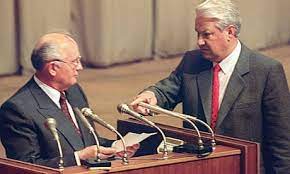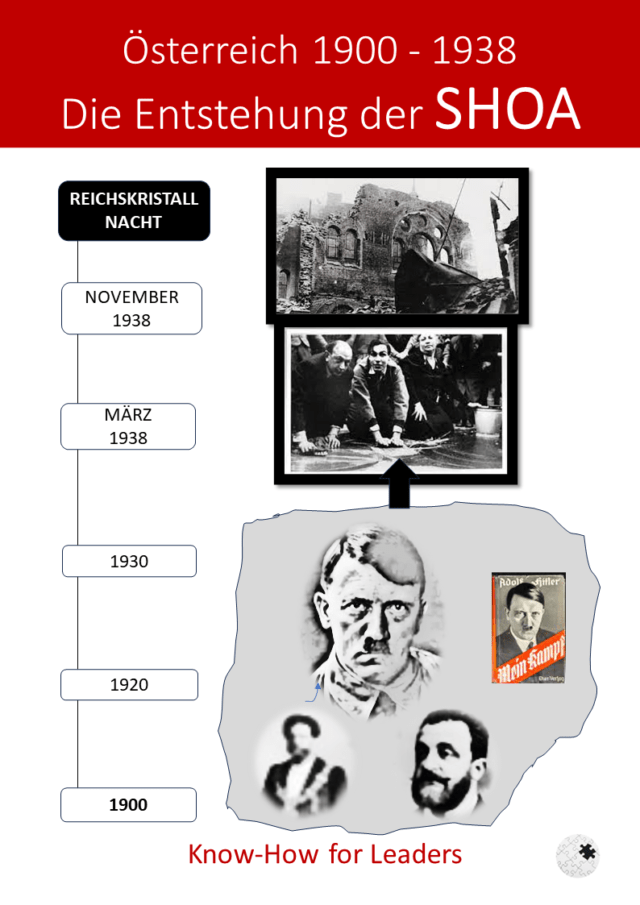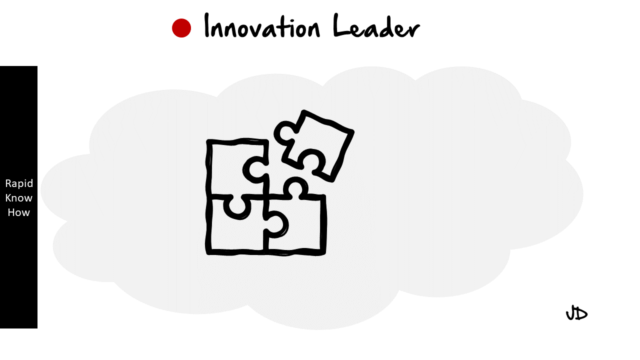Introduction: A Brief Overview of Yeltsin and Gorbachev’s Legacies
Boris Yeltsin and Mikhail Gorbachev are two of the most prominent Soviet-era leaders who had a significant impact on Soviet and post-Soviet history. Yeltsin served as the first President of the Russian Federation from 1991 to 1999, while Gorbachev was the last General Secretary of the Communist Party of the Soviet Union from 1985 to 1991. Both leaders played crucial roles in shaping the political, economic, and social landscape of their respective eras.
Yeltsin is often remembered for his bold economic reforms and his commitment to democracy, while Gorbachev is known for his policy of perestroika (restructuring) and glasnost (openness). These leaders faced immense challenges during their time in power, including a stagnant economy, political unrest, and the eventual collapse of the Soviet Union. Their legacies continue to shape Russia and the post-Soviet states to this day.
The Rise of Yeltsin and Gorbachev: A Historical Context
To understand the impact of Yeltsin and Gorbachev, it is important to consider the historical context in which they rose to power. The Soviet Union was facing numerous challenges in the 1980s, including a stagnant economy, widespread corruption, and a growing desire for political and social change among the population.
Yeltsin rose to prominence as a reformist leader within the Communist Party of the Soviet Union. He was known for his outspoken criticism of the party’s leadership and his calls for greater democracy and transparency. Gorbachev, on the other hand, was seen as a young and dynamic leader who promised to bring about much-needed reforms to the Soviet Union.
Upon taking office, both Yeltsin and Gorbachev faced significant political and economic challenges. Yeltsin inherited an economy in shambles, with widespread corruption and inefficiency. Gorbachev, on the other hand, had to navigate the complex political landscape of the Soviet Union, which was deeply entrenched in the communist ideology.
Yeltsin’s Economic Reforms vs Gorbachev’s Perestroika: A Comparative Analysis
Yeltsin’s economic reforms and Gorbachev’s policy of perestroika were both aimed at revitalizing the Soviet economy. However, they took different approaches to achieve this goal.
Yeltsin’s economic reforms, often referred to as shock therapy, involved a rapid transition from a centrally planned economy to a market-based system. This involved privatizing state-owned enterprises, liberalizing prices, and opening up the economy to foreign investment. While these reforms were intended to stimulate economic growth, they also led to widespread unemployment and social inequality.
Gorbachev’s perestroika, on the other hand, focused on restructuring the Soviet economy while maintaining a socialist framework. This involved introducing elements of market competition, decentralizing economic decision-making, and allowing for limited private enterprise. However, Gorbachev’s reforms were met with resistance from conservative elements within the party and were ultimately unable to address the deep-rooted structural problems of the Soviet economy.
Political Reforms: Yeltsin’s Democratic Vision vs Gorbachev’s Glasnost
Yeltsin and Gorbachev both implemented political reforms aimed at increasing transparency and democratization within the Soviet Union. However, they had different visions for the future of Soviet politics.
Yeltsin was a strong advocate for democracy and believed in the importance of individual freedoms and human rights. He played a key role in dismantling the Soviet Union’s authoritarian political system and establishing a more democratic and pluralistic society. Yeltsin’s vision for Russia was one of political freedom and a vibrant civil society.
Gorbachev, on the other hand, introduced the policy of glasnost, which aimed to increase openness and transparency in Soviet society. While Gorbachev’s reforms allowed for greater freedom of speech and the press, they also led to a loosening of state control and a loss of faith in the communist system. Gorbachev’s vision for the Soviet Union was one of gradual reform within the existing socialist framework.
The Collapse of the Soviet Union: Yeltsin’s Role vs Gorbachev’s Legacy
The collapse of the Soviet Union in 1991 was a pivotal moment in history, and both Yeltsin and Gorbachev played significant roles in this event.
Yeltsin, as the President of the Russian Federation, was a key figure in the dissolution of the Soviet Union. He played a crucial role in negotiating the terms of the Union’s breakup and ensuring that Russia emerged as an independent state. Yeltsin’s leadership during this period was marked by his commitment to democracy and his willingness to challenge the old Soviet order.
Gorbachev’s legacy in the aftermath of the Soviet Union’s collapse is more complex. While he is often credited with initiating the reforms that led to the collapse, he is also criticized for his inability to prevent it. Gorbachev’s attempts to reform the Soviet Union ultimately led to a loss of control and a breakdown of central authority. However, his role in promoting openness and democracy cannot be overlooked, and he is often seen as a key figure in the transition from communism to democracy in Russia.
Foreign Policy: Yeltsin’s Global Vision vs Gorbachev’s New Thinking
Yeltsin and Gorbachev had different approaches to foreign policy, reflecting their respective visions for Russia’s role on the global stage.
Yeltsin’s foreign policy was characterized by a desire to integrate Russia into the global community and establish strong ties with Western countries. He sought to build a partnership with the United States and Europe, and he played a key role in the establishment of the G8 and the World Trade Organization. Yeltsin’s global vision was one of cooperation and integration, and he worked to position Russia as a major player in international affairs.
Gorbachev, on the other hand, introduced the policy of new thinking, which aimed to improve relations with the West and reduce tensions between the Soviet Union and the United States. Gorbachev’s foreign policy initiatives, such as the signing of the Intermediate-Range Nuclear Forces Treaty and the withdrawal of Soviet troops from Afghanistan, were seen as significant steps towards peace and disarmament. Gorbachev’s new thinking was a departure from the confrontational approach of previous Soviet leaders and marked a shift towards a more cooperative and diplomatic foreign policy.
Social Reforms: Yeltsin’s Market Liberalism vs Gorbachev’s Socialism with a Human Face
Yeltsin and Gorbachev implemented social reforms aimed at improving the lives of Soviet citizens, but they took different approaches to achieve this goal.
Yeltsin’s market liberalism focused on creating a free-market economy and reducing state intervention in social welfare programs. This led to a decrease in government spending on social services, such as healthcare and education, and an increase in social inequality. While Yeltsin’s reforms were intended to stimulate economic growth, they also had negative consequences for the most vulnerable members of society.
Gorbachev’s socialism with a human face aimed to address the social inequalities and injustices of the Soviet system. He introduced policies aimed at improving living standards, such as increased access to healthcare and education, and promoted a more inclusive and egalitarian society. However, Gorbachev’s reforms were hindered by economic stagnation and resistance from conservative elements within the party.
Public Perception: Yeltsin’s Popularity vs Gorbachev’s Mixed Legacy
Yeltsin and Gorbachev had different levels of popularity among the Soviet people, and their legacies are viewed differently by the public.
Yeltsin was initially popular among the Soviet people, who saw him as a champion of democracy and a symbol of hope for a better future. However, his popularity waned over time as his economic reforms led to widespread poverty and social unrest. Yeltsin’s presidency was marked by political instability, corruption, and a loss of faith in the democratic process.
Gorbachev’s legacy is more mixed. While he is often credited with initiating the reforms that led to the collapse of the Soviet Union, he is also criticized for his inability to prevent the economic and political chaos that followed. Gorbachev is seen by some as a visionary leader who brought about much-needed change, while others view him as a weak and indecisive leader who failed to deliver on his promises.
Legacy in Post-Soviet Russia: Yeltsin’s Turbulent Years vs Gorbachev’s Quiet Retirement
Yeltsin and Gorbachev had different post-Soviet legacies, with Yeltsin’s years as president marked by turbulence and Gorbachev’s retirement characterized by a quieter life.
Yeltsin’s presidency of post-Soviet Russia was marked by political and economic turmoil. His economic reforms led to widespread poverty and social inequality, and his presidency was marred by corruption and political instability. Yeltsin’s legacy is often seen as one of missed opportunities and a failure to deliver on the promises of democracy and prosperity.
Gorbachev, on the other hand, retired from politics after the collapse of the Soviet Union and has largely stayed out of the public eye. He has focused on writing and speaking engagements, and he has been involved in various charitable and humanitarian efforts. Gorbachev’s retirement is seen as a contrast to the turbulent years of Yeltsin’s presidency, and he is often viewed as a respected elder statesman.
Conclusion: Yeltsin vs Gorbachev – Who Had a Greater Impact on Soviet and Post-Soviet History?
In conclusion, both Yeltsin and Gorbachev had a significant impact on Soviet and post-Soviet history, but their legacies are viewed differently.
Yeltsin’s economic reforms and commitment to democracy had a profound impact on Russia and the post-Soviet states. While his presidency was marked by political and economic turmoil, Yeltsin played a crucial role in dismantling the Soviet Union and establishing a more democratic and market-oriented society.
Gorbachev’s reforms, such as perestroika and glasnost, laid the groundwork for the collapse of the Soviet Union and the transition to democracy in Russia. While his legacy is more mixed, Gorbachev is often seen as a visionary leader who brought about much-needed change in the Soviet Union.
Ultimately, it is difficult to determine who had a greater impact on Soviet and post-Soviet history. Both Yeltsin and Gorbachev played crucial roles in shaping the political, economic, and social landscape of their respective eras, and their legacies continue to shape Russia and the post-Soviet states to this day.




